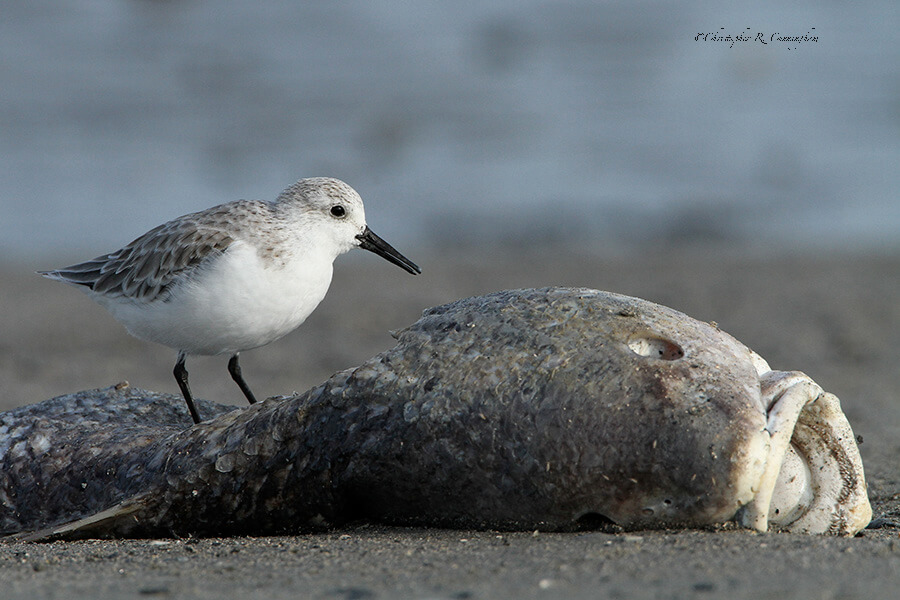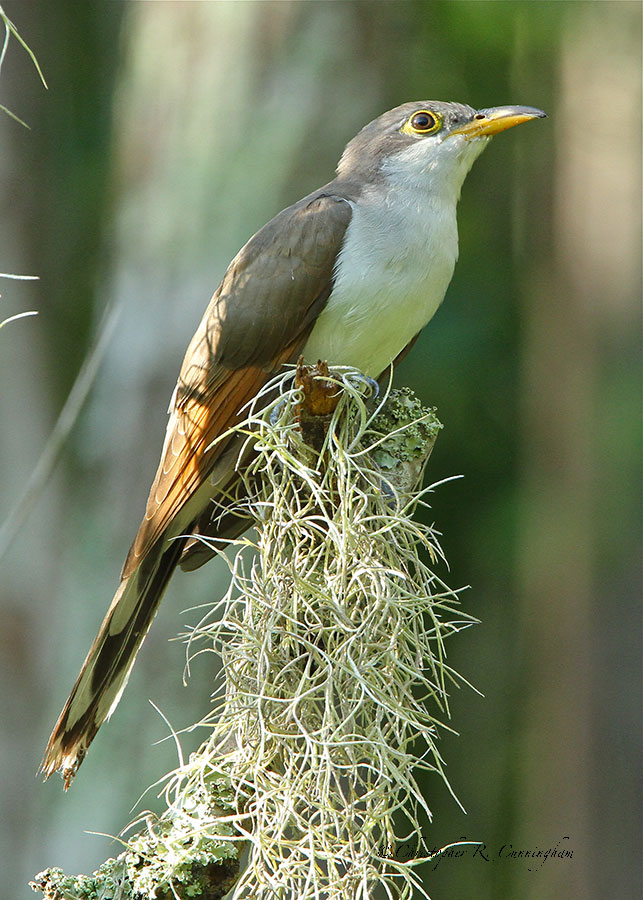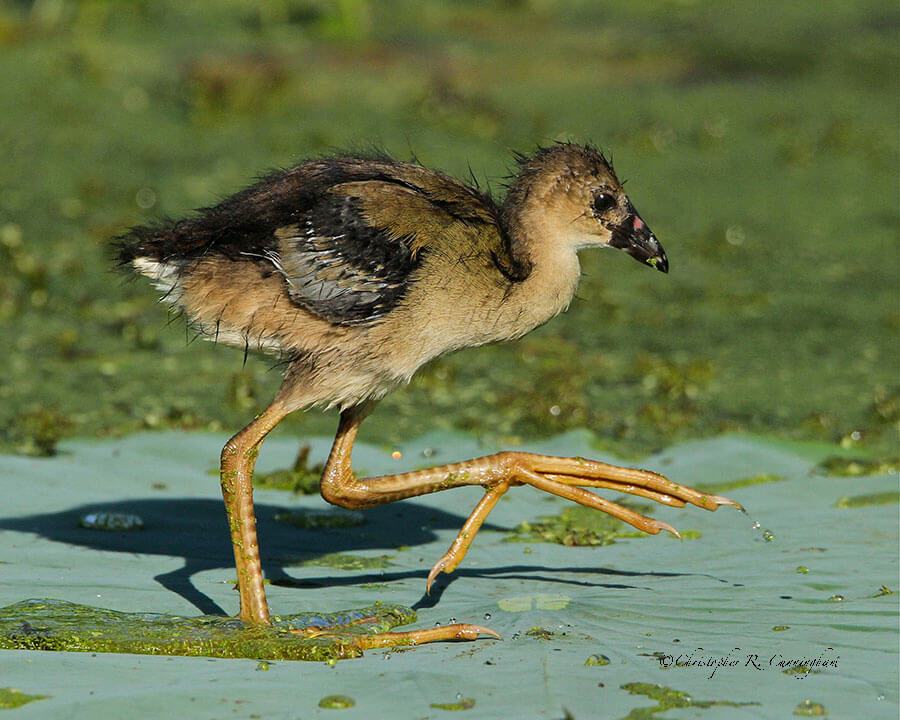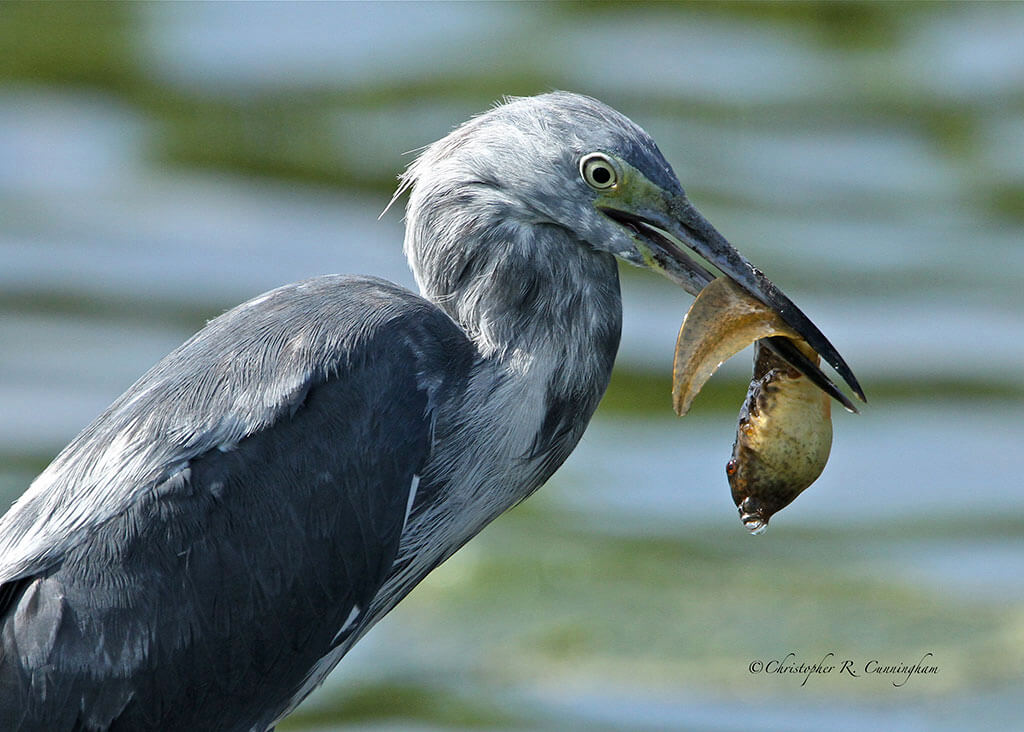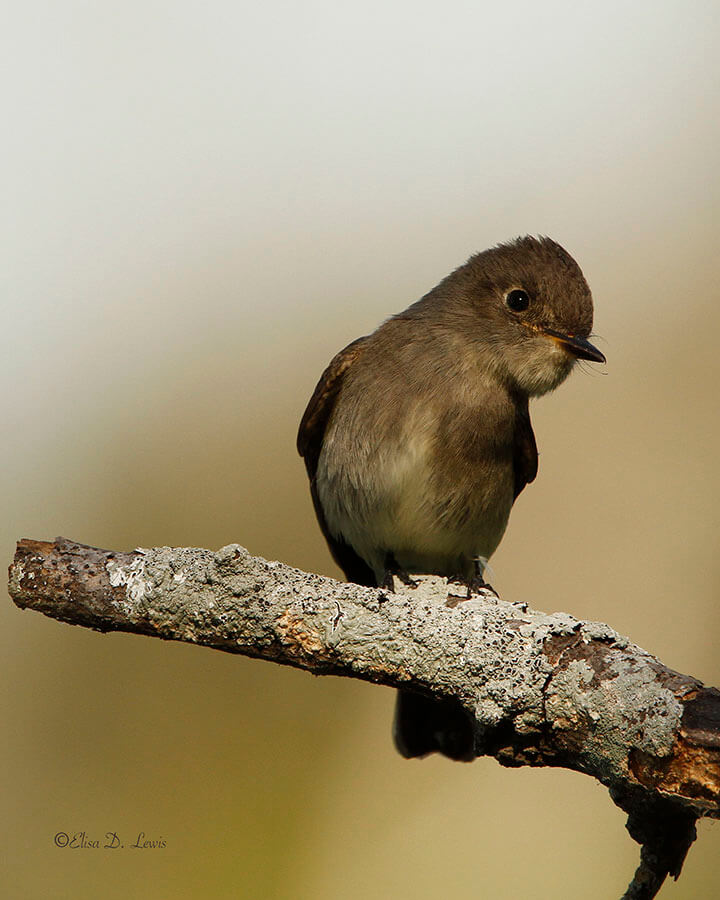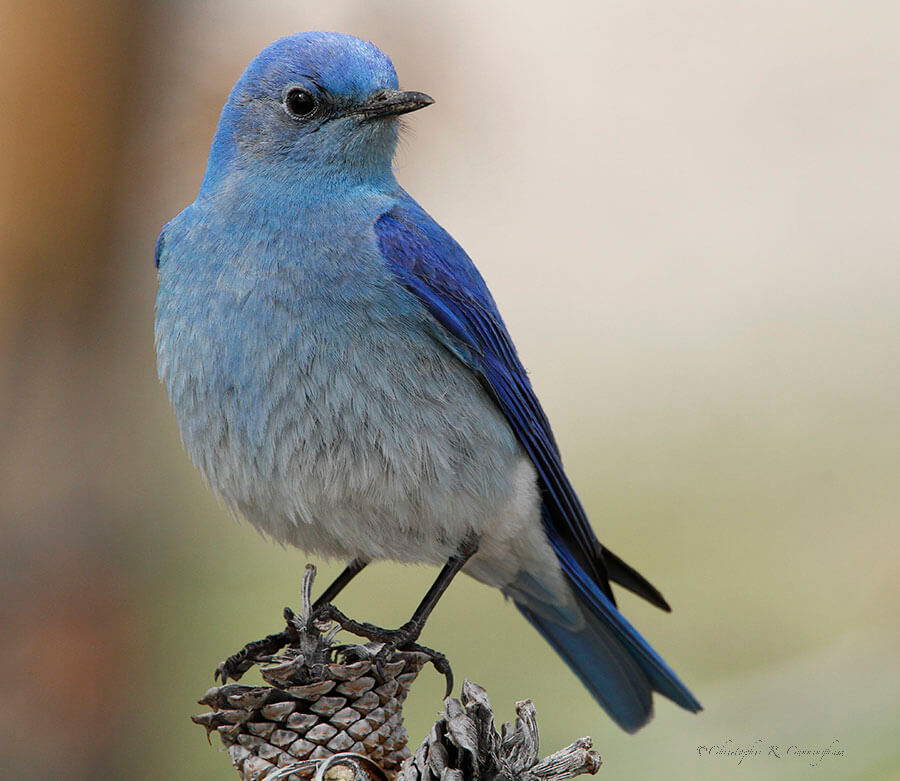Time spent with cats is never wasted. –Sigmund Freud
I took the opportunity to visit the Texas Ornithological Society Sabine Woods Sanctuary this week while Elisa was working in Port Arthur, Texas. I’m sunburned (sweated off my sunscreen in a matter of minutes), covered with various insect bites and stings, and my left hand is swollen due to contact with some poisonous plant. Deer flies will eat you ALIVE this time of year. It was like the CONGO!
Got some nice shots, though–Yellow Warblers, Yellow-billed Cuckoos, Orchard Orioles, Golden-fronted Woodpeckers (strangely out of place!) and a few others. The best part: I was in an area of thick, chest-deep vegetation that was alive with cotton rats when I heard a rustling noise. That sounds mammalian, I reasoned. I saw the brush parting ahead as if something the size of a Cocker Spaniel was coming toward me. And it didn’t stop! It didn’t know I was there–strange, given that I’d been sweating like Nixon for the past two hours. Is this a cougar!?! went through my mind (I saw one here last spring). Am I about to die?
Suddenly a cat-face poked right out in front of me, about five feet away. I knew it was a cat before I knew it was a . . . bobcat! The bobcat couldn’t figure out what I was. I was big, with five legs and one huge eye! The bobcat couldn’t decide to attack or not for a full two seconds, but let out a growl as if to say: “Thanks for chasing away my rats, you . . . silly-looking creature!” The bobcat quietly slipped back into the brush and disappeared.
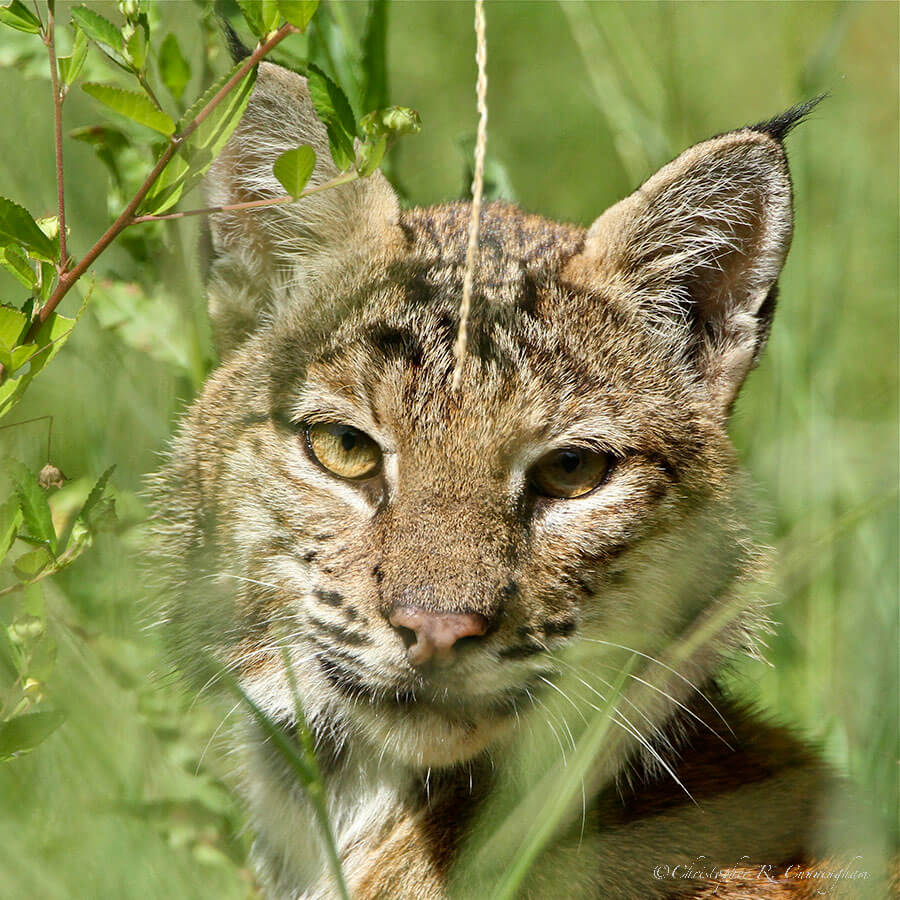
©2012 Christopher R. Cunningham. All rights reserved. No text or images may be duplicated or distributed without permission.
